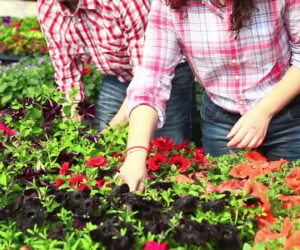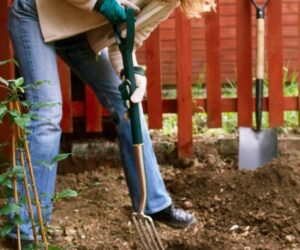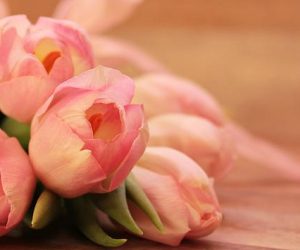The main reason why people around the world grow Parsley is the flavor. The delicious herb is added to many dishes to make them taste better, and it is also commonly seen on plates as a garnish. Aside from that, parsley is filled with nutrients.
It actually has more vitamin C than an orange, and it has the ability to neutralize bad breath. You can chew parsley after your meal to freshen your breath. This plant is very easy to grow, even from the seeds. You can plant it in containers or out in the garden.
Parsley comes in two general varieties. One of them is a curly leaf, and another one is called flat-leaf, which tends to have a little bit stronger flavor. Read on to learn more about how to grow this popular herb.
1. Location

Via sites.psu.edu
There are no strict growing conditions under which Parsley thrives. It grows well in a garden or a pot. The herb grown outdoors prefers full sun and grows in an area where it gets at least partial sunlight. If you choose to plant your parsley in a pot, it is best to place it on a windowsill where it will get the morning sunlight.
2. Soil preparation

Parsley tolerates most soils, but it will thrive best in rich, moist, and well-drained ones with a pH of around 6 and a half. Soil should also be relatively loose. If you choose a pot, it will grow better in a deep pot. Parsley can overwinter; just make sure you put mulch around the plant during extremely cold weather.
3. Taking care of the plant

Via www.rodalesorganiclife.com
This easy-care herb requires very little maintenance. You can plant it even very late in the summer. Parsley seeds will germinate in approximately 25 days. For the best outcome, you can fertilize the plant with a fertilizer once a month, or you can just add compost to the soil.
4. Watering

Via ajourneytoadream.blogspot.com
Water the plant deeply on a regular schedule at least once a week. You should do it even more often at the beginning of parsley’s growth or during extremely hot and dry periods. On the other hand, be sure not to over-water it. Soil should dry between waterings.
5. Weeds

Via usethatherb.com
You should pull out any weeds regularly. They will take up valuable nutrients intended for your parsley, and they can also block out sunlight. It would be wise to put mulch around the plants. This can significantly decrease weed growth and help the soil to retain moisture.
6. Growth

Via www.thestar.com
When parsley seeds start to develop into plants, they should be thinned out. Make sure that the seedlings won’t be too close to each other. There should be only one plant around every 9 inches. You can go through with scissors and snip out the ones that look smaller or less healthy.
7. Harvesting

When the parsley sprouts out with sets of three fully developed leaves or the leaves start to curl, it is ready to be picked. Pick the herb early in the day for optimal flavor. You can encourage growth by harvesting parsley slowly throughout the whole season. Cut the stalks just above ground level or leaves from the top of the plant.
8. Storage

You should use parsley while it is fresh, but it can also be dried or frozen until needed. It’s better, though, to freeze parsley because there is not much flavor in dried one. It is best if you put the herb with its stems into the refrigerator in a cup of water after cutting it. When this mineral-rich herb is added to the compost, it will enrich future soil.
9. Pests

Via www.missouribotanicalgarden.org
Parsley is almost trouble-free. The herb is rarely affected by the disease, but some pests can attack it. Whitefly, spider mites, and aphids can occasionally present a problem, but on the other hand, parsley attracts many beneficial insects.
10. Companion planting

Parsley is very popular as a companion plant . It is especially beneficial to corn, asparagus, and tomatoes when planted nearby but never plants it near Alliums or lettuce. It attracts wasps, Swallowtail Butterflies, and flies which is beneficial for many plants growing nearby.



